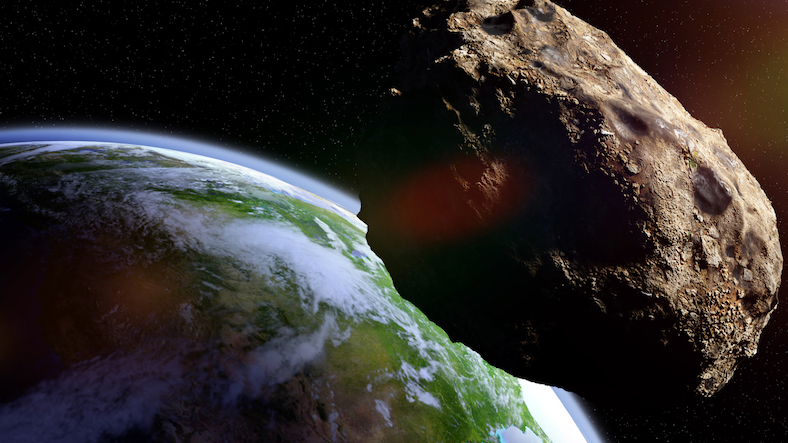A massive comet named C/2017 K2 (PanSTARRS) is heading toward the Earth. It is twice the size of Mount Everest and will make its closest approach on July 14.
It was first spotted in 2017. It mostly consists of ice and will not pose any danger to general people, but an astronomer will be more excited.
Let's see what we know about it and how can we watch it?
- This C/2017 K2 has been active for a long time. Comets are a mass of rock, ice and gases that become "active" when warmed by a star. The C/2017 K2 heading from the edge of the solar system was already bright when seen in 2017. Scientists do not know the reason for this yet.
- The comet has a nucleus diameter of 18km, which is double the size of Mount Everest, a cometary atmosphere of 1.3 lakh kilometres and a tail that is eight lakh kilometres long, it's not the largest comet ever.
- Astronomers have theorised that the C/2017 K2 (PanSTARRS) has been travelling from the Oort cloud to the inner solar system in a hyperbolic orbit for around 30 lakh years.
- And in next month July 2022, this comet will be around 27.7 crore kilometres from our planet. It has a cometary atmosphere the size of Jupiter and should be visible to people with a simple telescope.
- And people can see it in the Northern Hemisphere till this year September 2022. After mid-September, it will touch the hemisphere's southwestern horizon and shall be suitable for people viewing in the Southern Hemisphere.
- And the Skywatchers using a small telescope in a dark-sky site will witness a fuzzy patch of light around the C/2017 K2's nucleus. But, long-exposure images should reveal the comet and its tail in its entirety.












